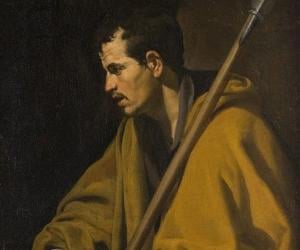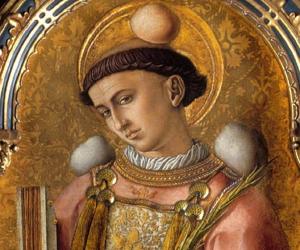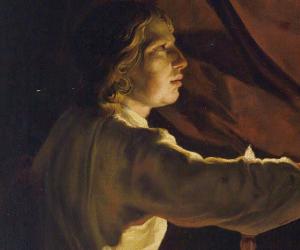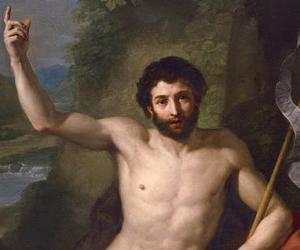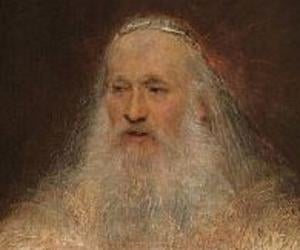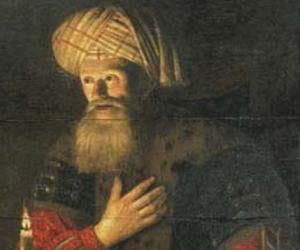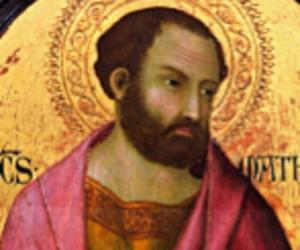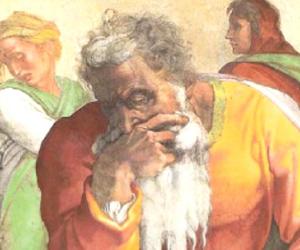Born In: Galilee, Israel
Thomas the Apostle
Thomas the Apostle, also known as St. Thomas or Didymus, was a missionary from Galilee, Roman Empire (modern-day Israel), who is also found in the New Testament. He was one of the Twelve Apostles of Jesus, and the Gospel of John mentions quite a lot about him. His loyalty was evident by how he encouraged his fellow apostles to accompany Jesus on his visit Lazarus (after his death). However, since he had initially refused to believe in Jesus’s resurrection, Thomas gained the nickname of the “Doubting Thomas” or the “Doubting Apostle.” In his later life, Thomas had moved to the Malabar Coast as a missionary and settled in Kerala, India. He subsequently converted many local people to Christianity and built many churches. However, he was stabbed to death in Mylapore in 72 A.D. His initial tomb stands tall as San Thomé Basilica, but his remains were later carried to Italy. Thomas is the patron saint of India, the blind, and craftsmen among others.
